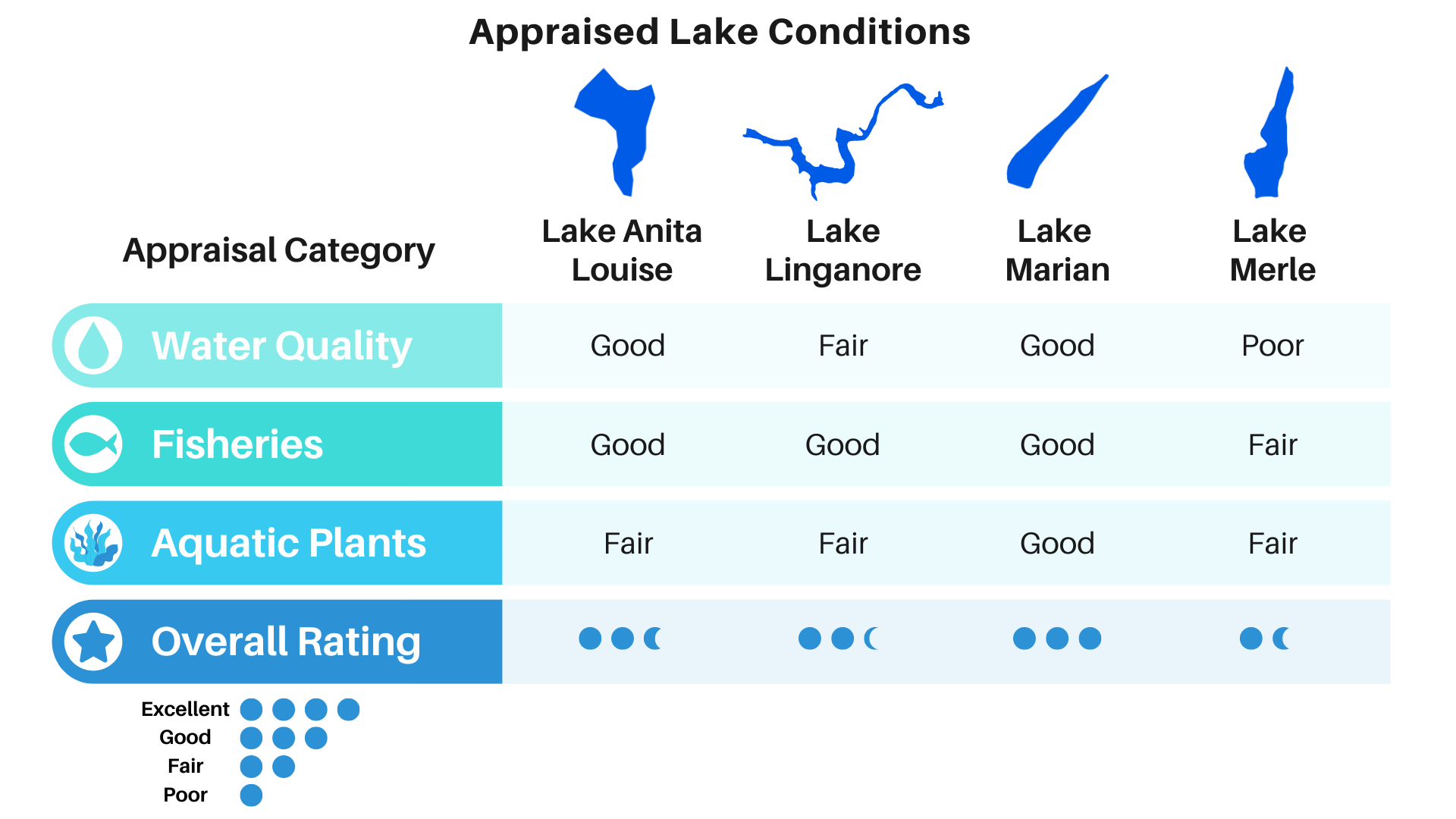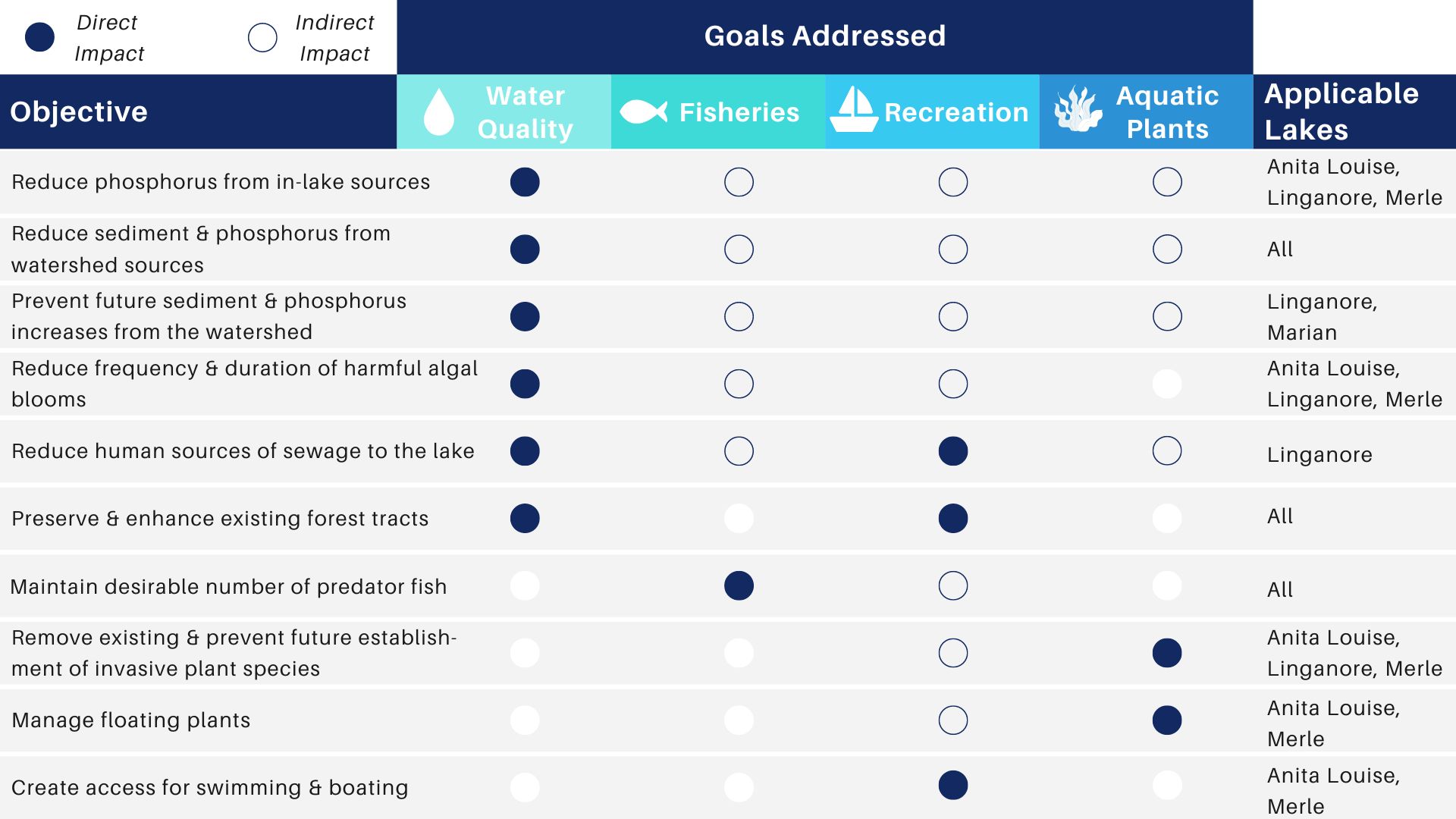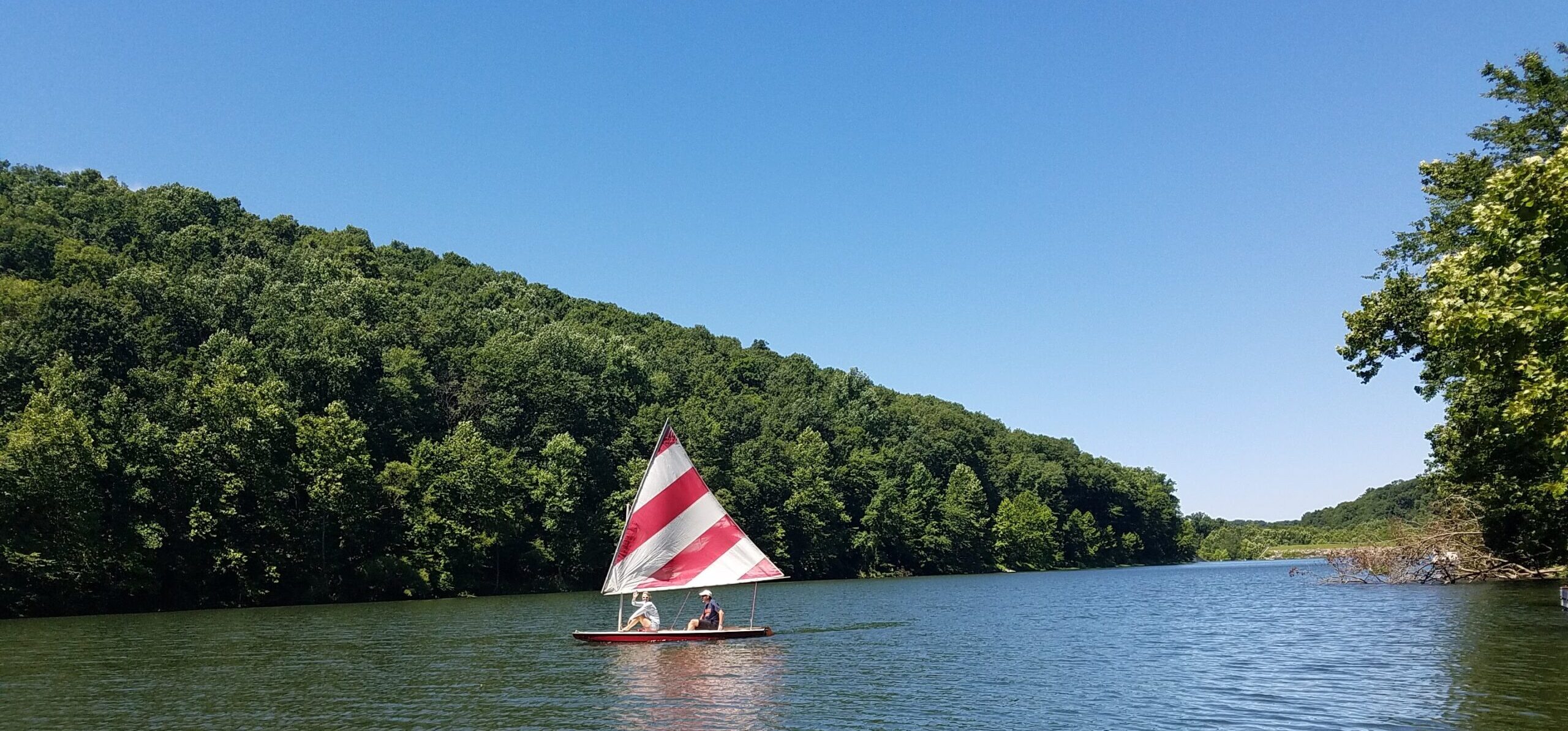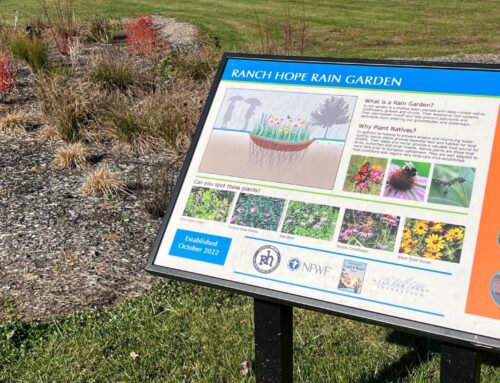Lake Linganore is a growing community of approximately 17,000 residents located in rural Frederick County, Maryland. The community and its four private lakes—Lake Linganore, Lake Merle, Lake Anita Louise, and Lake Marian—are managed by the Lake Linganore Association (LLA). While the lakes offer aesthetic enjoyment and many recreational opportunities to residents, they suffer from several problems that can limit community enjoyment and heighten risks to residents. To address these concerns, the LLA hired the Center for Watershed Protection and partners Hood College Center for Coastal and Watershed Studies and Aquatic Environmental Consultants to develop a Lakes & Watersheds Appraisal Report to characterize the lake and watershed conditions to inform management planning and decision-making. This appraisal project included:
- Collection and review of lake and watershed data
- A community meeting and survey to gather input from residents about lake uses, problems, and goals
- Fishery habitat and population surveys of each lake
- A macrophyte survey in each lake to evaluate shoreline emergent, floating, and submerged aquatic plants
- Water quality sampling at different lake depths during the growing season to develop seasonal vertical profiles in each lake
- Collection of diel vertical profiles of pH in each lake to evaluate the extent to which elevated pH conditions induce internal release of phosphorus from bottom and nearshore sediments
The team used the existing and newly collected data to characterize conditions and identify known or potential causes of lake problems. All four lakes are eutrophic, meaning they have an excess of nutrients that can cause harmful cyanobacteria blooms. They also receive excess sediment from the erosion of highly-erodible soils within their watersheds as land is disturbed for urban development or agricultural use. This has resulted in a loss of storage capacity, particularly in Lake Linganore, which is a public water supply. The data also pointed to release of phosphorus from the bottom sediments as a significant contributor to overall phosphorus loads. Other problems in the lakes include E. coli spikes after rain events that can make swimming unsafe, out-of-balance fisheries, and floating plants that can create aesthetic and recreational use concerns. Nonpoint source pollution from urban and agricultural land are the primary watershed sources of nutrient and sediment pollution in the lakes. Other localized watershed issues identified include cattle access to the stream, severe stream erosion, and sewage overflows and leaks. Based on the data collected, the Lakes & Watersheds Appraisal Report categorizes water quality, fisheries, and aquatic plant conditions in each lake as shown in the graphic below.

The Lakes & Watersheds Appraisal Report also identifies an overarching set of goals for the lakes along with specific objectives and preliminary strategies for achieving these goals in each lake. The recommended strategies include both in-lake and watershed management strategies that range from regulatory or programmatic changes to site-specific protection and restoration projects with a focus on actions and land under LLA’s control. The chart below shows how these objectives directly or indirectly address these goals in each of the lakes.

While the Lakes & Watersheds Appraisal Report identifies what types of strategies on which to focus, the next steps include the development of a management plan that details where and how these strategies will be applied. While lake and watershed restoration can take many years and be costly to implement it is necessary to maintain and improve the ecological, potable, recreational, and aesthetic uses of the lakes for LLA residents.
To learn more about this project, contact Jordan Fox at jf@cwp.org. Click here to read the LLA Lakes & Watersheds Appraisal Report.






